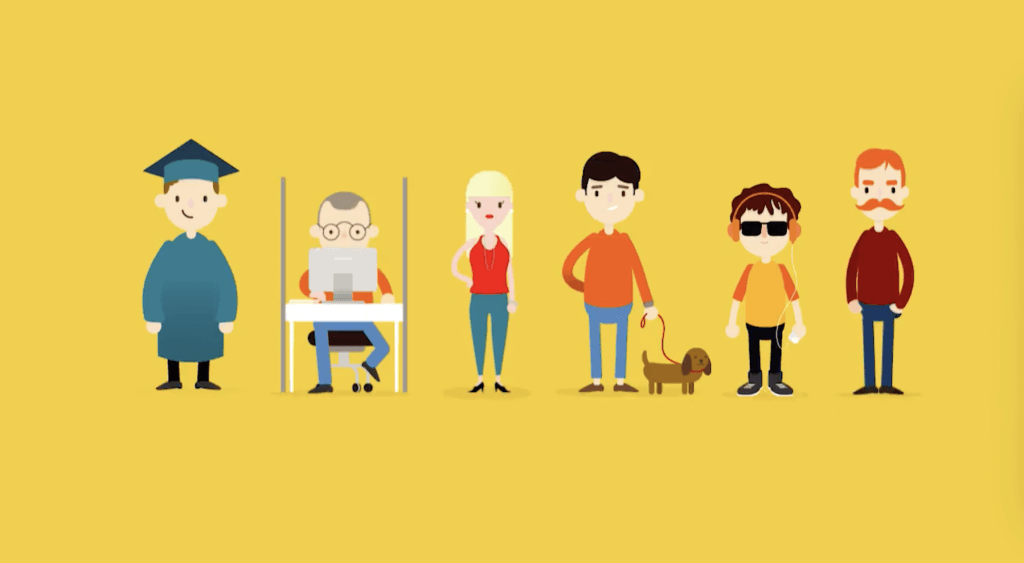
Here at SEP, the PXT (product experience team) has been making a push for more collaborative design on the projects we’ve been involved in. By collaborative design I mean including not only designers, but engineers, product owners, and project managers in the design process. We’ve had success with it on several of our past projects, so when it came time to build CommunityHERO, we wanted to continue that trend forward and make it an embedded part of our process. We started with informal design studio sessions (more on specifics later) between the designers on the team and the product owners and managers. Those sessions were beneficial to tease out the ideas that needed designing from the product guys, but did not include valuable input from the engineers at all.
In an attempt to move away from that Agile-fall approach, where designs were delivered from on-high to the engineers working in an Agile process, we decided to open up the design studio sessions to the whole team. Today, we hold these informal design studio sessions before starting work on any new and big component of CommunityHERO. So what are these design studios exactly?
DESIGN STUDIOS
The primary tool we use on CommunityHERO to facilitate collaborative design is the design studio, wherein the whole team is invited to a room and shares their ideas about the thing we need to build. At an informal level, we discuss what goals we are trying to achieve, and take turns at the whiteboard sharing our ideas on how to reach those goals. At a more formal level, we have everyone diverge and sketch out their ideas for 3 minutes before we share our sketches with each other and converge on a direction to take. On CommunityHERO we’ve been doing more informal design studios, which tend to be faster paced and more free flowing. Either way, there are many benefits to doing these:
Shared Ownership of the Product. Collaborative design means all of our ideas are considered and we all had a hand in crafting CommunityHERO. Designers are not the only ones contributing to the vision. Although it is still the designer’s job to give initial form to the vision, collaborative design efforts allow us to have a bigger pool of inspiration and ideas to draw from. More ideas, and more perspectives, than any one person can generate on their own.
Shared Understanding. By participating in a design studio session, we come to a shared understanding of what will be built, and what can be built. We learn about any technical limitations we may run into so designers like me don’t go off and design something that is not feasible. We also gain valuable domain knowledge shared across the entire team.
Less Rework. More Efficiency. If all team members are aligned, there is less chance of the wrong thing being built. Usually the output of our design studios are white board sketches that have allowed the engineers to get a start on backend items while the designers are putting together the frontend UI. Of course things can always change, but we are all starting from the same shared vision in our heads.
Shared Design Systems and Patterns. As we’ve held more and more design studios, design systems and patterns have emerged that we have re-used in other sections of the CommunityHERO site and app. With all of the team members becoming increasingly familiar with these patterns, it has allowed the engineers to design and move forward without any explicit design direction for certain features. This benefit also has a knock on effect, which is…
Less Documentation. Since designers and engineers alike are working off of sketches generated in design studios already, and shared and understood design patterns have emerged, less documentation is required to get work done. We still post UI mockups and guidelines to Zeplin, but we know where and when we can re-use design elements and user flows.
There are many other tools to help facilitate collaborative design, but we have found the design studios to be the most helpful as the CommunityHERO project continues to evolve. If any of this sounds familiar to you, you’ve probably read Lean UX by Jeff Gothelf and Josh Seiden. If not, it’s a great read and has been a good influence on the design process of CommunityHERO and other projects here at SEP.